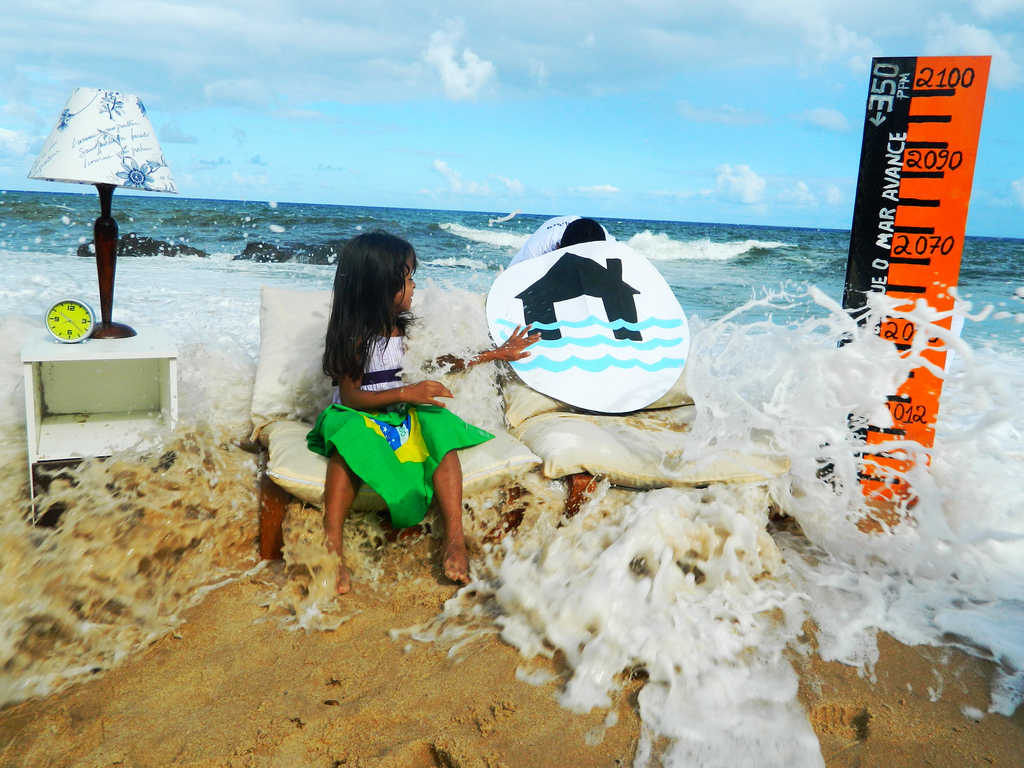As negotiators meet in Lima, Peru for the United Nations climate talks, we take a look at the climate impacts already causing dire consequences throughout the region alongside projected ones mentioned in the recent report of the Intergovernmental Panel on Climate Change (IPCC).
With 2014 on track to be the world’s hottest on record, it cannot be overstated the need for urgent action to prevent the most damaging impacts of climate change. But are negotiators listening?
Severe droughts and destructive floods are on the rise
2014 saw unprecedented, severe droughts (Brazil) as well as destructive floods (La Plata river basin in Brazil, Paraguay, Argentina, and Uruguay). Projections are grim unfortunately with annual precipitation projected to decrease across most of Central America and Caribbean, northeastern area (Venezuela, Guyana, Suriname, French Guiana, northeast Brazil) and in the southwestern portion (Chile, southern Argentina), some of which are already experiencing droughts. On the other hand precipitation increases are projected for the western portions (Ecuador, portions of Colombia) and Uruguay.

It’s getting too warm
There has been an observed temperature increase of 0.4 – 2.5°C, with most of the warming in eastern portions of the region (Brazil). For temperature during the years 2046–2065, an increase of 1-2°C is projected. Over the long-term (2081–2100), an increase of 2-5°C is projected.
Watch this beautiful video about how melting glaciers and changing weather patterns are affecting communities in Bolivia’s Altiplano
Rich biodiversity facing serious risk
Warming temperatures coupled with deforestation, expanding agricultural frontiers and industrialization have put biodiversity at serious risk. Habitat loss is increasing with numerous species facing risk of extinction as they have no other place to go.
Watch this time lapse satellite footage of deforestation in the Amazon:
Sea level rise and ocean acidification: a cause of serious concern
Sea level rise will affect over 600 million people living on coastal areas in Latin America and the Caribbean with projected increased severity of coastal flooding. On the other hand, ocean warming and acidification associated with climate change will further decrease marine fisheries. Some projections indicate that the Mesoamerican coral reef could collapse by 2050 due to ocean acidification.

Volunteers 350.org in the city of Salvador, Brazil, connected the dots and drew peoples’ attention about sea level rise and how it impacts our lives during Climate Impacts Day in 2012.
Food security in jeopardy
It is anticipated in the decades to come that approximately 50% of the agricultural land will be subjected to desertification and salinization in some areas. Water availability drastically shifting throughout the region also jeopardizing food security. Changes in streamflow and water availability have already been observed and are projected to continue in the future. For example: Ice and glaciers in the Andes are retreating at an alarming rate, affecting the seasonal timing and volume of stream flows. There are increasing runoffs in the La Plata River basin (Brazil, Paraguay, Argentina, Uruguay) and decreasing runoffs in the Central Andes (Chile, Argentina) and in Central America.
